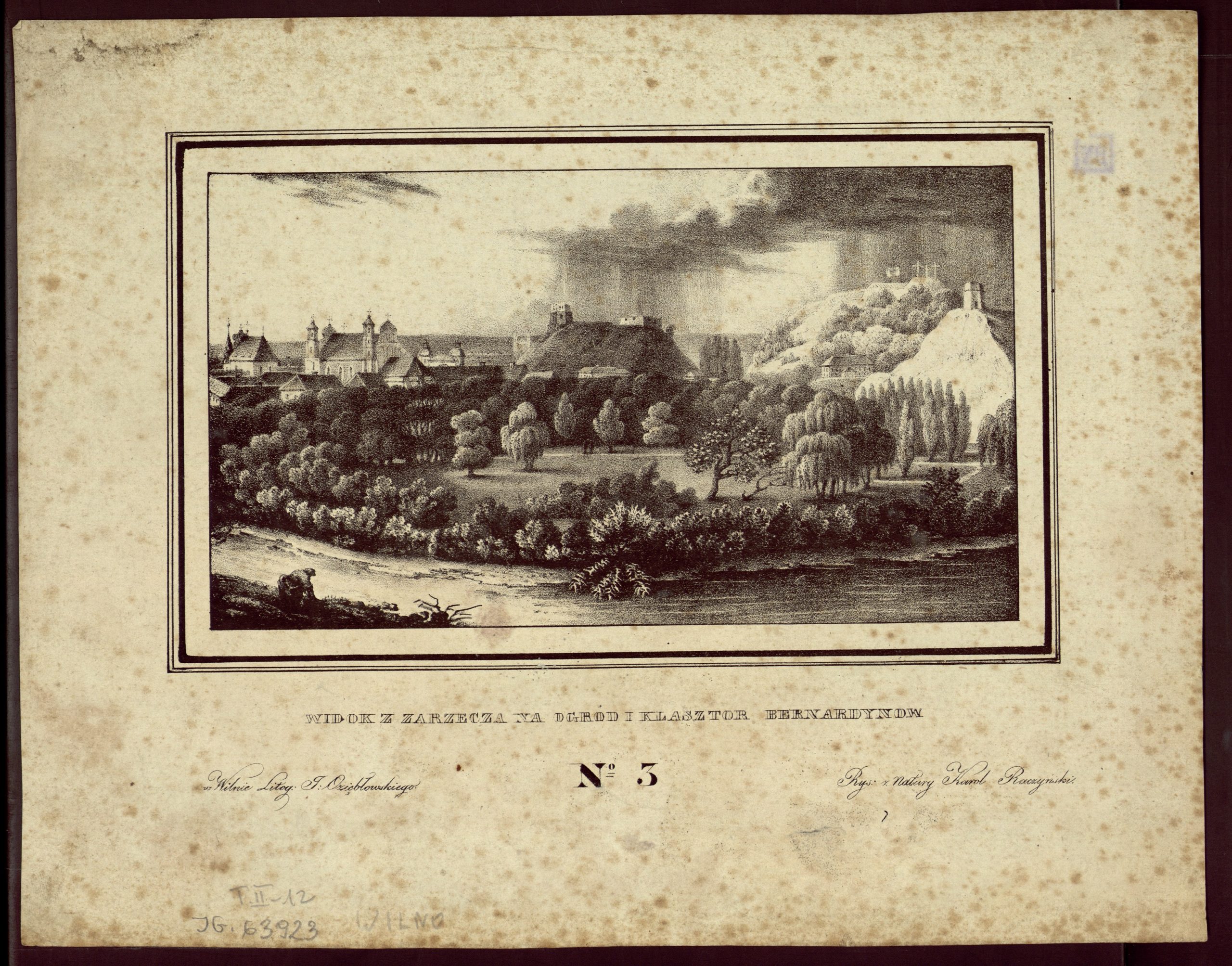Garden of the Palace of Grand Dukes of Lithuania
The 16th century changed the Lithuanians’ eating habits for good. Actually, the well-known products we are all familiar with now could only be found on the tables of noblemen. Meanwhile, today, most of us eat meals that only rulers and noblemen could afford in the 16-18th centuries. Everything started when the Duke of the Grand Duchy of Lithuania and the King of Poland Sigismund the Old married Bona Sforza – she brought a small part of her native Italy to the manor and new winds started blowing in the royal cuisine. A garden was set up near the Lower Castle where Italian plants, herbs and vegetables were grown. You can see what it looked like and how it smelled when the weather gets warmer by visiting the restored Bona Sforza Garden in the Courtyard of the Palace of Grand Dukes of Lithuania and inhaling its aromas.
Leek, celery, spinach, artichoke, basil and rosemary from the royal garden found their way to the plates of other noblemen as well. There were attempts to establish a vineyard, but the Lithuanian winters were fierce. However, archaeologists have found a grapeseed dating back to that time – you can see it exhibited at the Palace of Grand Dukes of Lithuania. Hence, most of what everyone of us has in our fridges or grow in our gardens today – carrots, parsley roots, celery roots, leek – were once called by one name – Italian vegetables.

